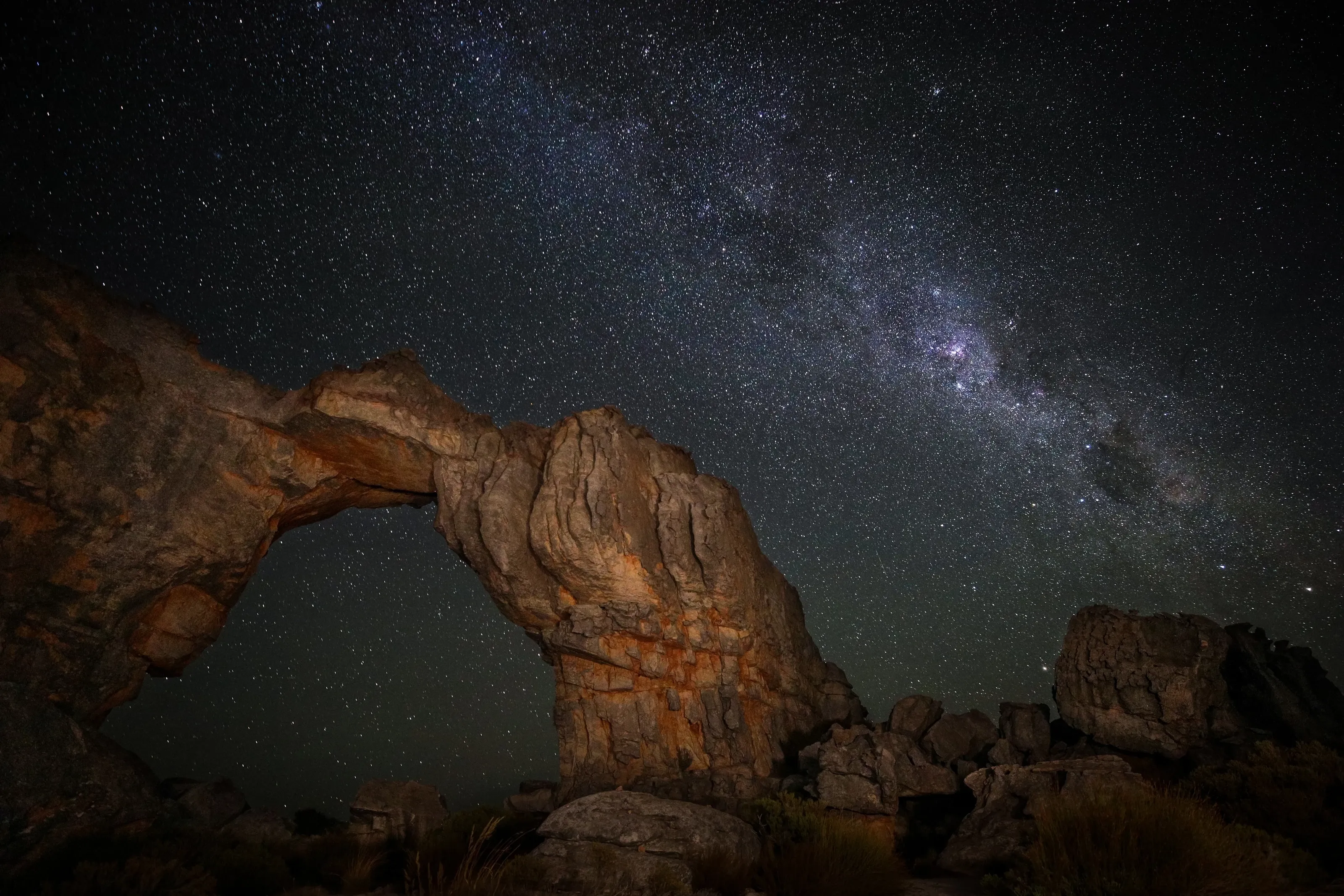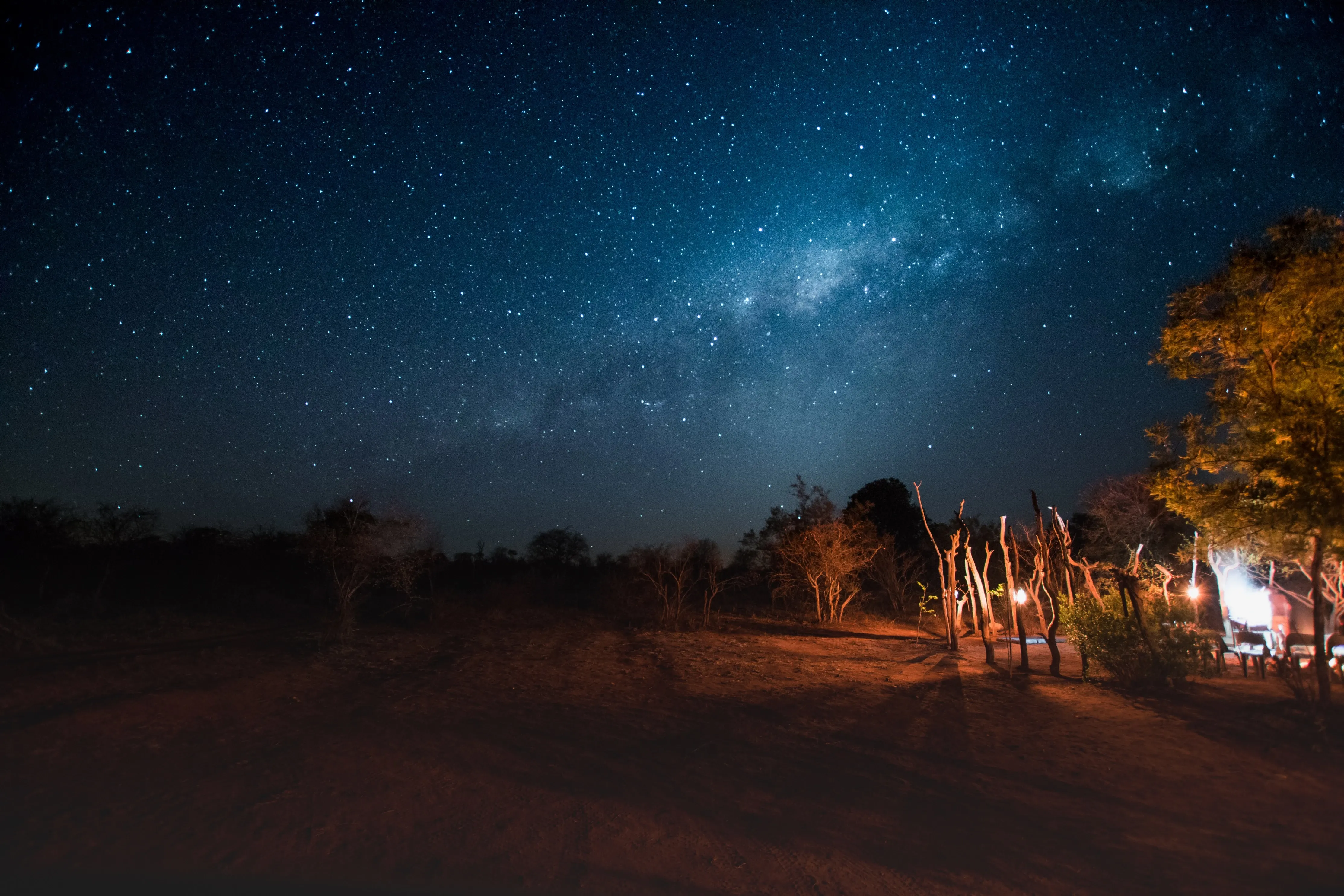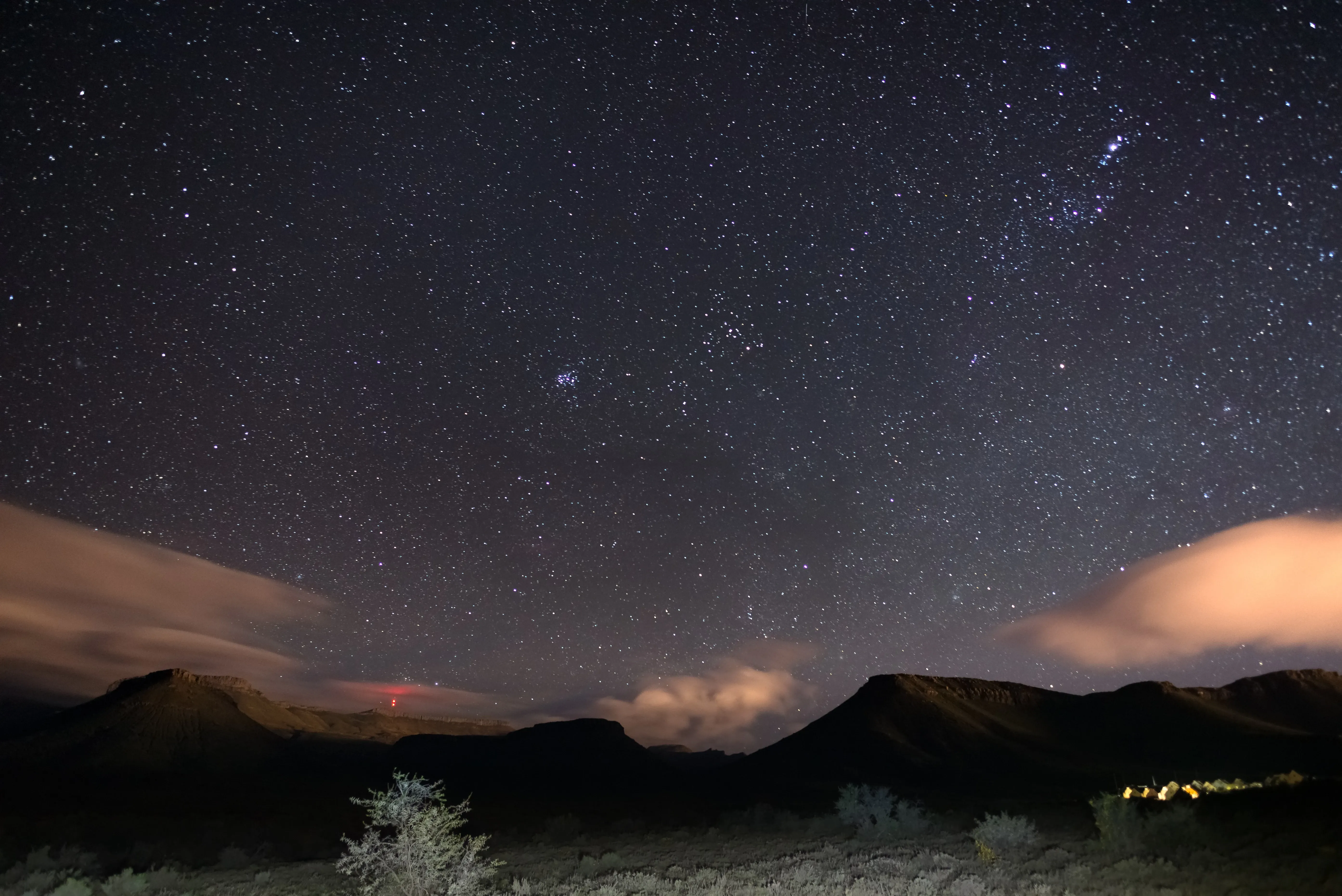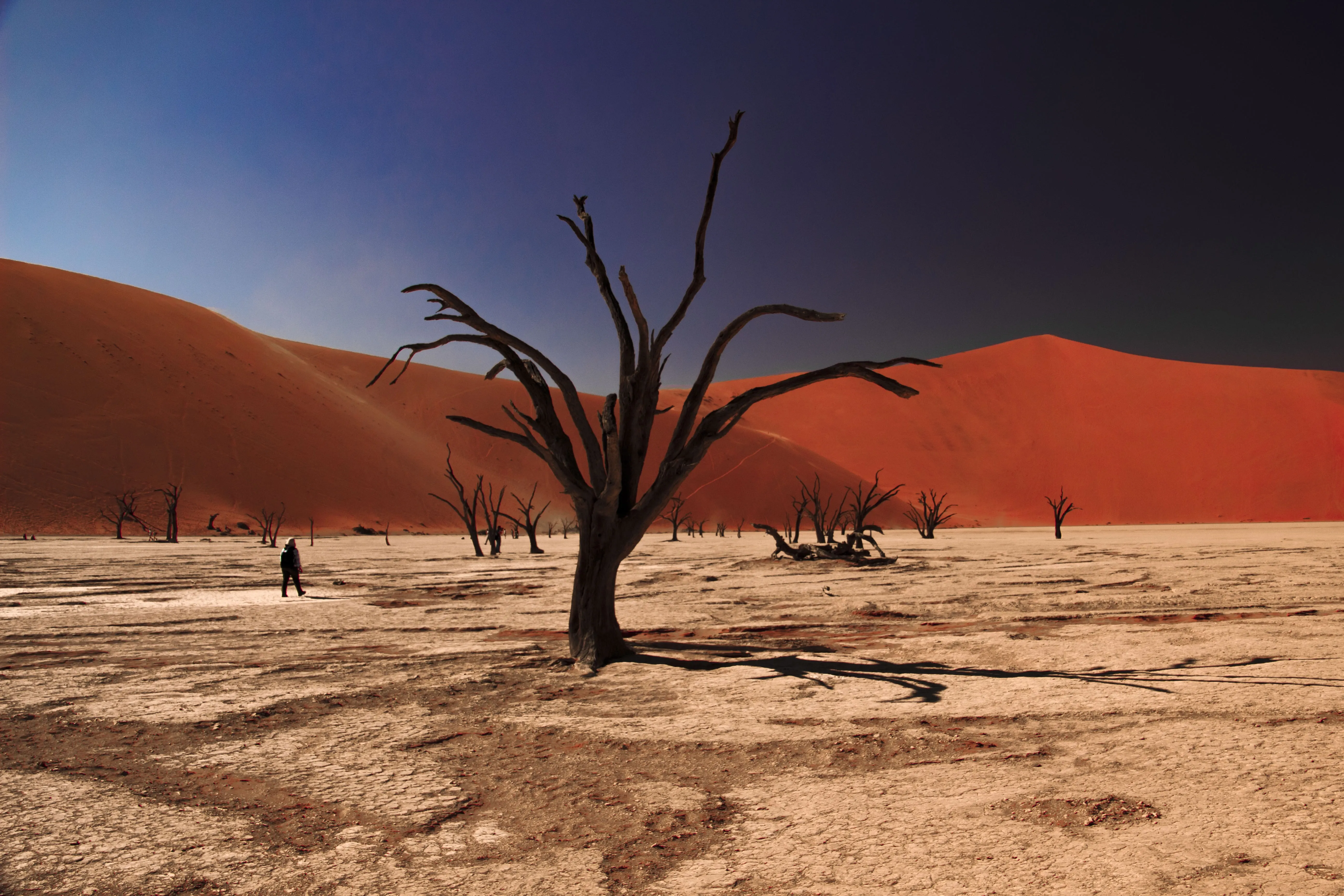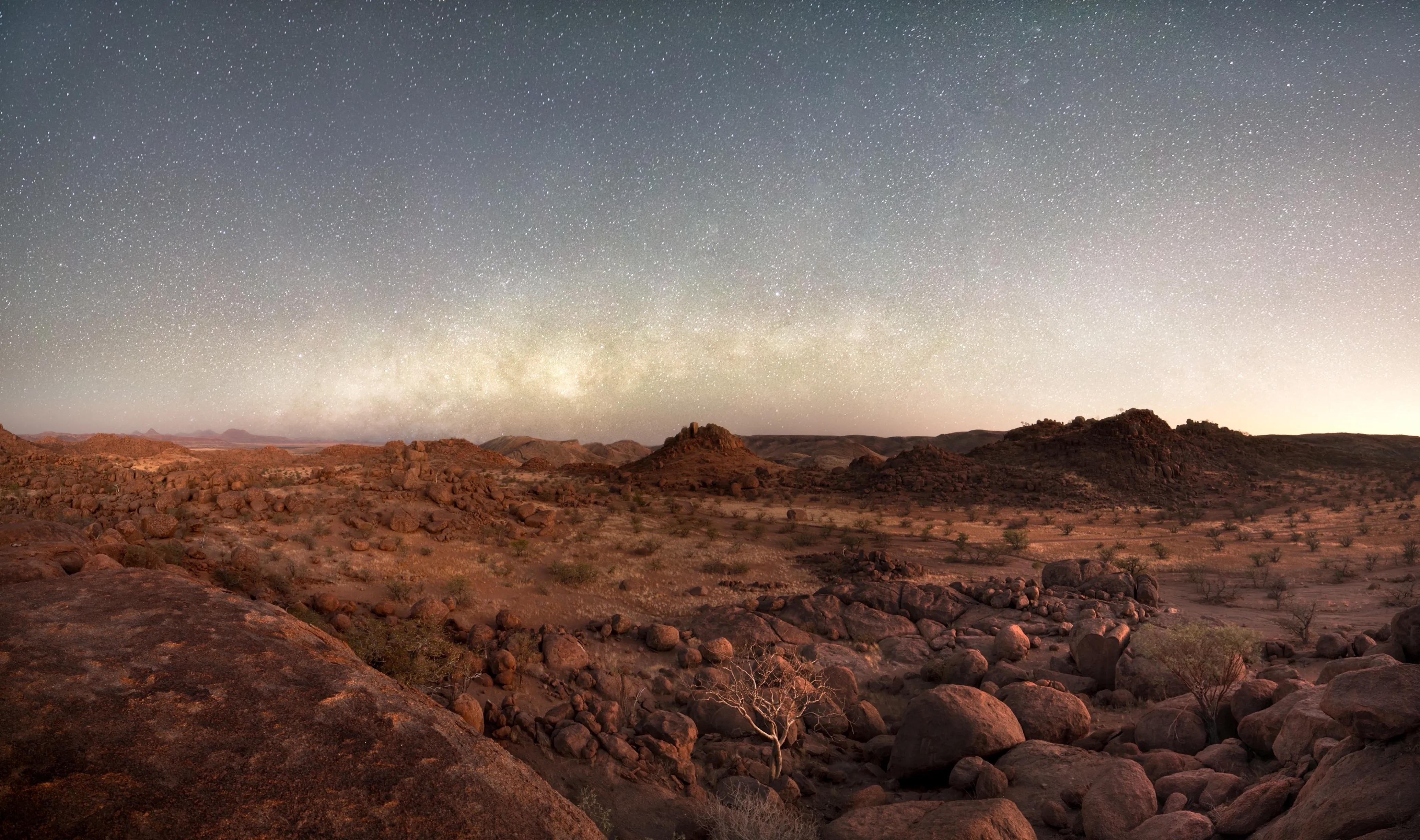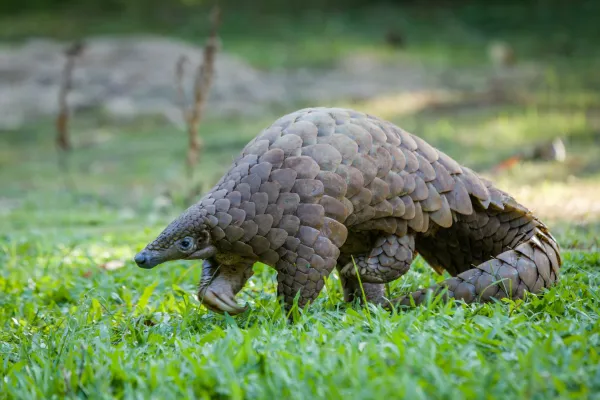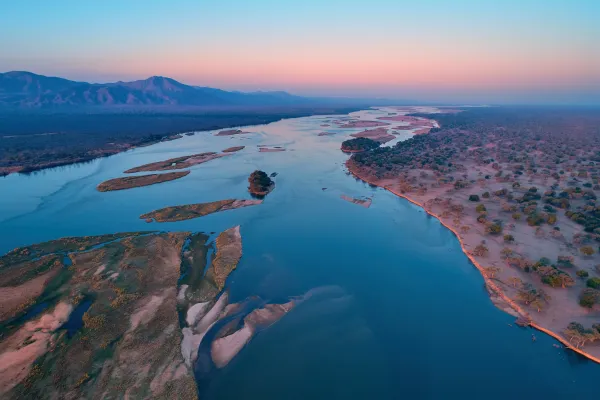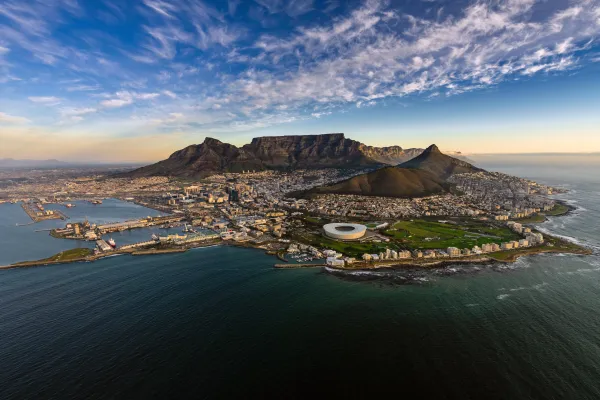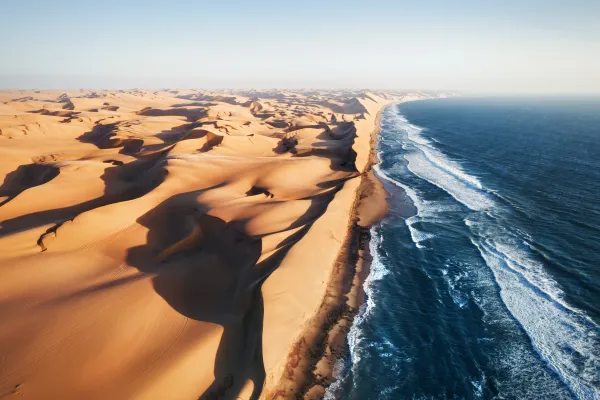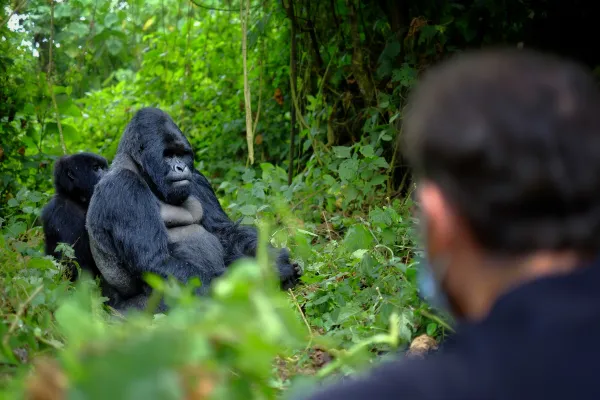Top spots for stargazing in Southern Africa
Southern Africa is famed for its iconic wildlife, rich cultural heritage and its mineral wealth, particularly diamonds. In the late 1800’s, diamond mines in South Africa accounted for almost 100% of the global diamond production. But these most beautiful of jewels are not only restricted to the depths of southern Africa’s crust.
Africa is sparsely populated, dominated by rural farmland and wildlife preserves. The upshot of this means dark skies; some of the darkest on the planet. There is something inherently beautiful and wonderous about staring into the vast jewel-studded abyss and contemplating the mysteries of the universe.
We live in an artificial world where information can be gleaned at the touch of a button, a world that has little need for the imagination anymore. Pondering the expanse of space is the ideal tonic to refresh thepsyche and wipe away the lingering cobwebs from the recent global upheaval.
Why Stargaze in Southern Africa?
Tourists are now seeking new, authentic experiences that transcend the classic sight-seeing holiday, and the inky southern Africa skies are an untapped resource. Astro-tourism and the art of stargazing has seen a massive increase in popularity of late, and many tour operators and lodges are adding this simple, yet powerful experience to their list of activities.
Southern Africa is hub for wilderness travel and the almost total lack of light pollution make for the perfect setting to explore the cosmos, accompanied by the soundtrack of the African night. Imagine being huddled around the camp fire listening to tales of ancient starlore and the distant bassy roar of a roaming lion, or the chilling whoop of a marauding hyena. Priceless.
»Southern Africa's clear skies provide an unparalleled view of the stars, making it a haven for astronomers and stargazers alike.«
When is the best time to Stargaze in Southern Africa?
Winter is Milky Way season in southern Africa and the southern skies contain a plethora of fascinating constellations and objects to seek out. The core of our galaxy sits high overhead and the lack of light pollution reveals its rich starfields and tangled dust lanes in exquisite details as it stretches across the heavens like a giant celestial archway. The Southern Cross, along with its Jewel Box Cluster, Alpha Centauri (our closest stellar neighbour), the Magellanic dwarf galaxies and the massive cloud complex of the Carina Nebula are just some of the highlights to look out for on a Night Sky Safari.
Where to find the best spots for stargazing?
#1 The Cederberg Conservancy, Northern Cape, South Africa
The Cederberg is a tract of land on South Africa’s south west coast. Its rugged, mountainous terrain and isolated location make it an ideal spot to appreciate the splendour of the Earth’s great celestial ocean. There are various levels of accommodation available, from camping to luxury lodges, all of which embrace the wilderness ethos and many that list stargazing activities among their offerings. For the serious enthusiasts, why not pay a visit to the Cederberg Observatory that hosts stargazing evenings and has various telescopes on site giving intimate views of the cosmos.
#2 Sutherland and The Karoo, South Africa
The Karoo area is found a few 100kms inland from Cape Town and boasts some of South Africa’s darkest and clearest skies. Its geography and associated climate mean that most of the year stays clear, and stringent regulations ensure that light pollution is non-existent. The cold, dry winters offer the perfect conditions to marvel at, and photograph, the night sky. These conditions have attracted the attentions of the government and the international astronomical community, and there are various research-grade facilities in the area.
The South African Large Telescope (SALT) has the largest single mirror of any telescope in the southern hemisphere with a whopping 10m diameter can be found in Sutherland, and offers tours of its facilities. Its success has spawned many small enterprises in the surrounding area and Sutherland has become a hub for all things astronomical. A few 100kms up the road in Canarvon, the Square Kilometre Array (SKA) is a bank of radio telescopes that will soon be linked to telescopes in Australia to peer even deeper into the seemingly endless void of space.
#3 The Kruger National Park, South Africa
The Kruger National Park and its adjoining private reserves is a Mecca for wildlife and photographic tourists. There is a huge variety of accommodation on offer from camp sites, to rustic bush camps to high-end luxury lodges. Thanks to the protected areas, light pollution is minimal and the myriad of stars shine like brilliant jewels upon black satin. However, due to the expansion of tourism, to find the darkest skies one must travel to the remote north of the park where the true essence of Kruger can still be experienced.
Spectacular nightscapes dominated by towering rock formations and ancient baobabs can be found around every corner, and to watch the nightly procession of the heavens whilst immersed in this great wildlife haven is an experience like no other. If you love nature, stargazing from within the bosom of the Kruger National Park, should be on everyone’s bucket list.
#4 The Kgalagadi Transfrontier Park, South Africa & Botswana
The Kgalagadi straddles the border of SA and Botswana and is situated in one of the most remote areas on the continent. The barren landscape and desert environment provide the ultimate canvas above which the true artistry of the stars can be appreciated. These skies have been watched since the birth of mankind and some of the earliest bushmen starlore is still preserved. It is humbling to think that these age-old stories may have formed the seed of many of the more famous myths and legends that were adopted by later cultures. To spend time under these skies is portal to a much simpler time where connecting with, and understanding, the environment was the difference between life and death.
Particular mention should go to the !Ae!Hei Heritage Park, which makes up a section of the total area, that was awarded the status of International Dark Sky Sanctuary in 2019 by the Dark Sky Association: their highest accolade! It is the only area of its kind in Africa and one of only 15 such places in the world. Stargazing in the Kalahari is nothing short of spectacular.
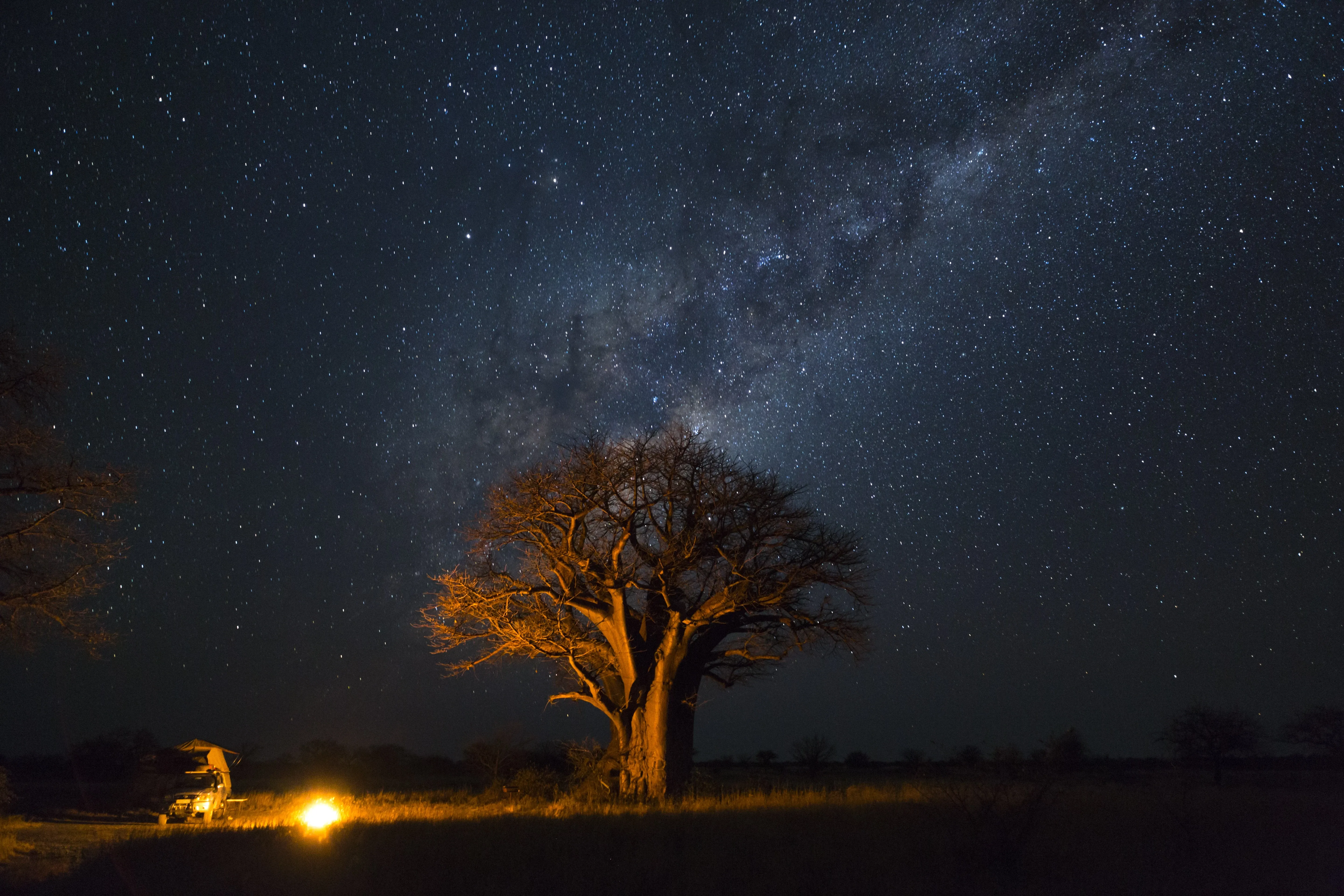
#5 The Tuli Block, Botswana
The Tuli Block is an area of Botswana tucked between its borders with neighbouring Zimbabwe and South Africa. The Tuli river in the east and the Limpopo in the south act as borders for the reserves, and their adjacent countries. The Tuli area incorporates the Mashatu Game Reserve, known as the Land of Giants on account of the colossal baobabs and multitude of elephants that share its fertile lands. The area is a must for wildlife enthusiasts and sightings of big game, and even the more illusive and sought-after predators like cheetah and wild dog are seen regularly.
The Tuli Block is one of the largest areas of privately owned reserves on the continent and because of this, the rules for moving around after dark are much less stringent. Night drives are allowed and this opens up an incredible opportunity to enjoy the vast star-studded ocean that envelops the land after dark.
Pondering the mysteries of the Botswanan sky is made even more memorable by the prevalent cultural history of the area. Tuli was one of the last strong-holds of the San people and their rock art abounds. It is a powerful experience to reconnect with our ancestors and to cast our eyes upon the same sky that kept a watchful gaze over their nightly exploits.
#6 Makgadikgadi Pans National Park, Botswana
The Makgadikgadi Pans National Park is sandwiched between the Kalahari in the south and the world-renowned Okavango Delta in the north. By far and away, its most iconic feature is the network of giant salt pans that dominate the landscape. Once an inland sea, this area has long-since dried up and the salt deposits left behind now dominate the region. In the dry winter months, the area is a white wasteland so vast that it is possible to see the curvature of the Earth, but during the winter, the tropical climate brings rain and with it, countless animals and birds that flock to this temporary saline oasis.
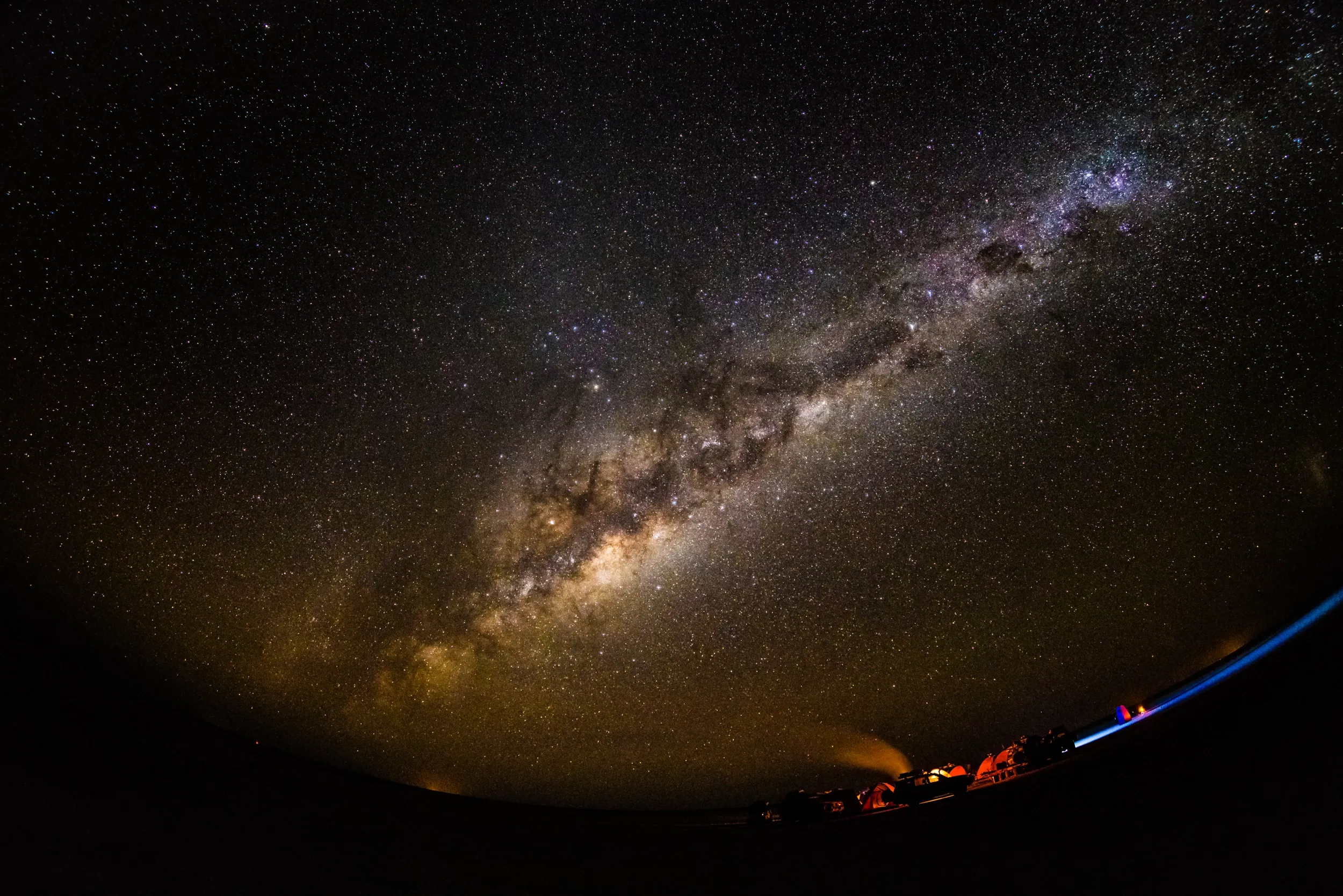
The total lack of human interference makes the Makgadikgadi area an ideal spot to gaze heavenward. The endless horizons allow for almost uninterrupted, 180° views of the encapsulating darkness, and the dry, cracked base of the pans provide dramatic textures to be taken advantage of by any budding photographer.
This is by no means a comprehensive list and there are many more sites steeped in cultural heritage and unmatched biodiversity to discover across the southern African region. With the exception of a few major population centres, the majority of southern Africa is cocooned by some of the darkest skies on the planet and offers innumerable opportunities for astro-tourism related activities. Thanks to its mineral wealth, this area is at constant risk of exploitation for its riches and the sanctity and protection of its environment is paramount. The new trend of visiting dark sky areas offers the countries a perfect opportunity to resurrect a tourism industry devastated by the pandemic, whilst simultaneously protecting the integrity of its natural beauty.
#7 Sossusvlei and the Namib Rand Reserve, Namibia
Namibia may just be the most untouched and beautiful country in the world, let alone Africa. Stunning vistas, endless deserts of sand and jagged rock transport visitors to another world, a world usually reserved for fairy tales and children’s boundless imaginations. Not only are vast tracts of land unpopulated, but the cold Atlantic Ocean that lines its western shore causes incredibly dry and stable atmospheric conditions that are perfect for both visual and photographic astronomy.
The NamibRand Reserve is also recognised by the Dark Sky Association as an international Dark Sky Reserve and includes the world famous Sossusvlei region. Here, towering, vivid orange and pink sand dunes dominate the horizon for kilometres in every direction. It is fitting perhaps, that there are thought to be more stars in the sky than grains of sand on Earth. After experiencing the sheer vastness of this area, if this statement is in fact true, it is both terrifying and mind-blowing in equal proportion!
#8 Damaraland, Namibia
A trip to Damaraland is not for the inexperienced traveller. Sometimes in order to witness something truly remarkable, an adventure is necessary. Situated in the north-west of the country, Damaraland is a land that time forgot. Its endless stony deserts and statuesque towers of jagged rocks make for a landscape more akin to an alien planet than of our own Earth. It is the epitome of wilderness and the nights are among the blackest in the world.
A total absence of light pollution bathes the night with Bortle 1 skies, the darkest possible, and coupled with a seemingly endless horizon, the views are simply astounding. There are a smattering of luxury camps interspersed amongst the desolation, but the best way to experience Damaraland is stay off the grid. Sleeping out here, under the blanket of stars, soothed by the warmth of a campfire, is one of the greatest perspective-giving moments a person can have.
Sign up for the newsletter
By clicking on “Subscribe now” I will subscribe to the Conscious Explorer newsletter with all the information about mindful travel. Information on the success measurement included in the consent, the use of the shipping service provider MailChimp, logging of the registration and your rights of revocation can be found in our privacy policy.

